Jeddah, Saudi Arabia is a bustling city with a fast-growing business landscape, making it an excellent location to pursue an analytics course. Analytics courses have become increasingly popular in recent years as more and more businesses seek data-driven insights to make informed decisions. In this article, we will take a closer look at what an analytics course in Jeddah entails and why it's a great investment for your career. Firstly, what is analytics, and why is it essential? Analytics refers to the process of examining data to extract meaningful insights that can help organizations make informed decisions. By analyzing data, businesses can identify patterns, trends, and relationships that can inform their decision-making processes. An analytics course in Jeddah will provide you with the skills and knowledge needed to work with big data and extract valuable insights. The course covers essential topics such as data visualization, predictive analytics, data modeling, machine learning, and statistical analysis. Students will learn how to use tools such as R, Python, Excel, and Tableau, which are widely used in the field of analytics. An analytics course in Jeddah typically takes between 6 to 12 months to complete, depending on the program and its intensity. Some programs may also offer part-time or evening classes to suit a student's schedule. Students will learn from experienced industry professionals and work on real-world projects to gain practical experience. One of the key advantages of completing an analytics course in Jeddah is the opportunity to network with other professionals in the field. Jeddah is home to many businesses in various sectors, including finance, healthcare, and education. Attending an analytics course in Jeddah will allow you to connect with other professionals in the industry and potentially open up job opportunities. After completing an analytics course in Jeddah, graduates can expect to work in various roles, such as data analysts, business analysts, data scientists, or data engineers. These roles are in high demand in Saudi Arabia and globally, as more businesses seek to leverage data to make informed decisions. In conclusion, an analytics course in Jeddah is an excellent investment for your career. By gaining skills and knowledge in analytics, you'll be able to open doors to various job opportunities in Jeddah and beyond. The course will equip you with the skills to work with big data, extract insights, and make informed decisions. Moreover, Jeddah is an excellent place to network with other professionals in the industry and potentially open up job opportunities in various sectors. So, if you're interested in data analysis and decision-making, an analytics course in Jeddah may be just right for you.
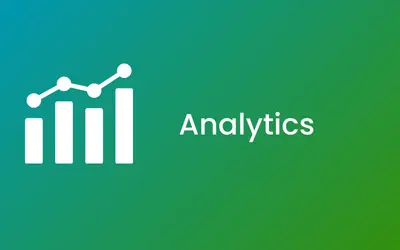
₹60,000


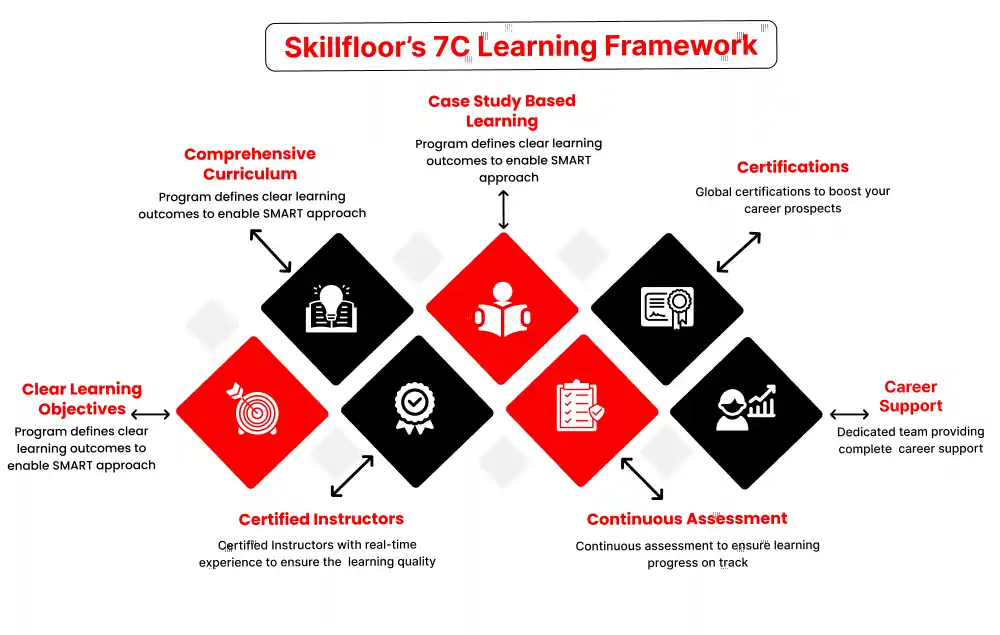
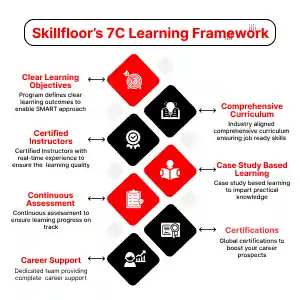
Hurry Up!
Limited seats call us now for amazing discounts on digital maketing course
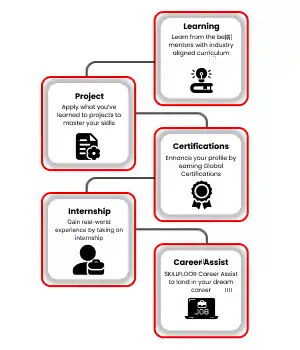
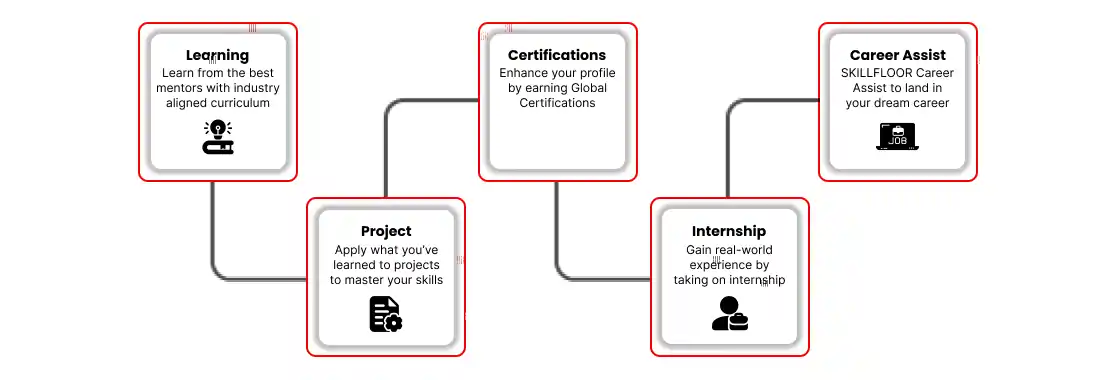
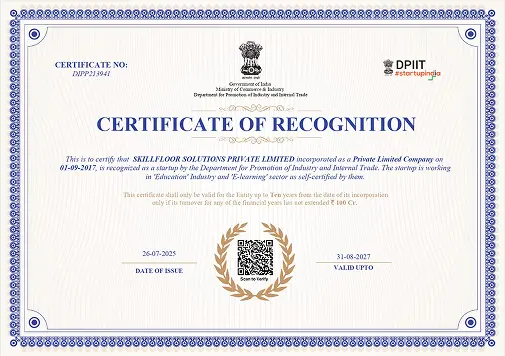
Skillfloor is officially recognized by the Government of India as a Startup India (DPIIT) certified institute — a mark of trust in the quality of our courses and career-focused learning.
We offer hands-on programs across multiple fields, designed by industry experts to help you gain skills that employers value:
Digital Marketing – Grow businesses online with SEO, social media, and analytics.
AI & Machine Learning – Build practical AI skills for real-world applications.
Ethical Hacking & Cybersecurity – Protect networks and systems from cyber threats.
Data Analytics & Data Science – Analyze data and make smarter decisions.
Other Emerging Technologies – Learn trending, in-demand skills.
At Skillfloor, you don’t just learn — you practice, complete live projects, and prepare for real career opportunities. Whether you’re a student, graduate, or working professional, we help you upgrade your skills and grow confidently in your career.
Join a government-recognized institute shaping India’s next generation of skilled professionals.



- Overview of data analysis and its importance in business
- Types of analytics: Descriptive, Predictive, Prescriptive
- Role of data in decision-making processes
- Introduction to common tools: Tableau, PowerBI, Excel
- Ethical considerations in data collection and analysis
- Data sources: Primary and secondary data
- Data collection methods (surveys, web scraping, databases)
- Data cleaning techniques (handling missing values, outliers)
- Data transformation and feature engineering
- Data storage concepts (structured vs. unstructured data)
- Descriptive statistics: Mean, median, mode
- Data visualization basics (histograms, scatter plots)
- Identifying data patterns and trends
- Outlier detection and handling methods
- Correlation and causation analysis
- Inferential statistics and probability theory
- Hypothesis testing (t-tests, chi-square tests, ANOVA)
- Measures of central tendency and variability
- Confidence intervals and margin of error
- Regression analysis: Linear and logistic regression
- Principles of effective data visualization
- Types of charts and their uses (bar, line, pie, heatmaps)
- Designing dashboards for different audiences
- Interactive visualization techniques
- Data storytelling for impactful presentations
- Time series analysis and forecasting methods
- Clustering and segmentation analysis
- Decision trees and classification techniques
- Introduction to machine learning in business analytics
- Model evaluation and selection
- Basics of SQL for data manipulation
- Creating databases and relationships
- Aggregating data with SQL (GROUP BY, JOIN)
- Data modeling for business intelligence (star and snowflake schemas)
- Case study: Building a business model with SQL
- Connecting and preparing data in Tableau
- Creating basic visualizations (charts, maps)
- Advanced Tableau functions (LOD calculations, table calculations)
- Building interactive dashboards and stories
- Publishing and sharing visualizations on Tableau Server/Online
- Introduction to PowerBI workspace and components
- Data import and transformation with Power Query
- Data modeling and relationships in PowerBI
- Creating and customizing visualizations
- Publishing and collaborating on PowerBI Service
- Selecting a real-world dataset for analysis
- Defining business questions and objectives
- Conducting data analysis and visualization
- Presenting findings in a comprehensive dashboard
- Peer review and feedback on project